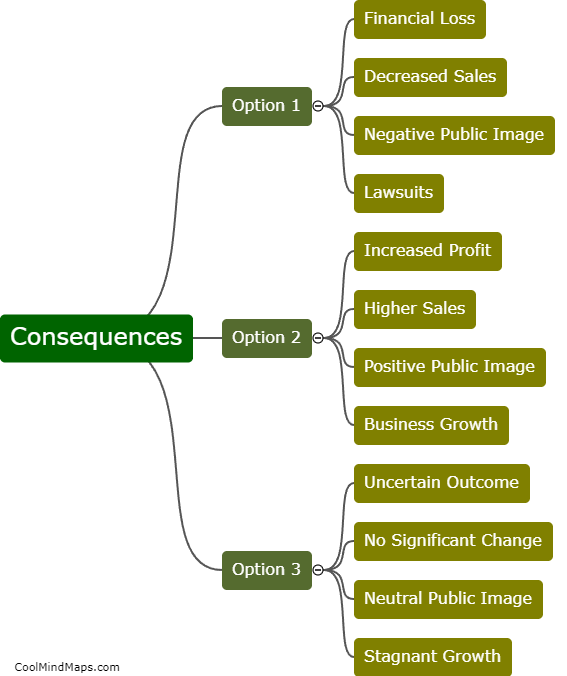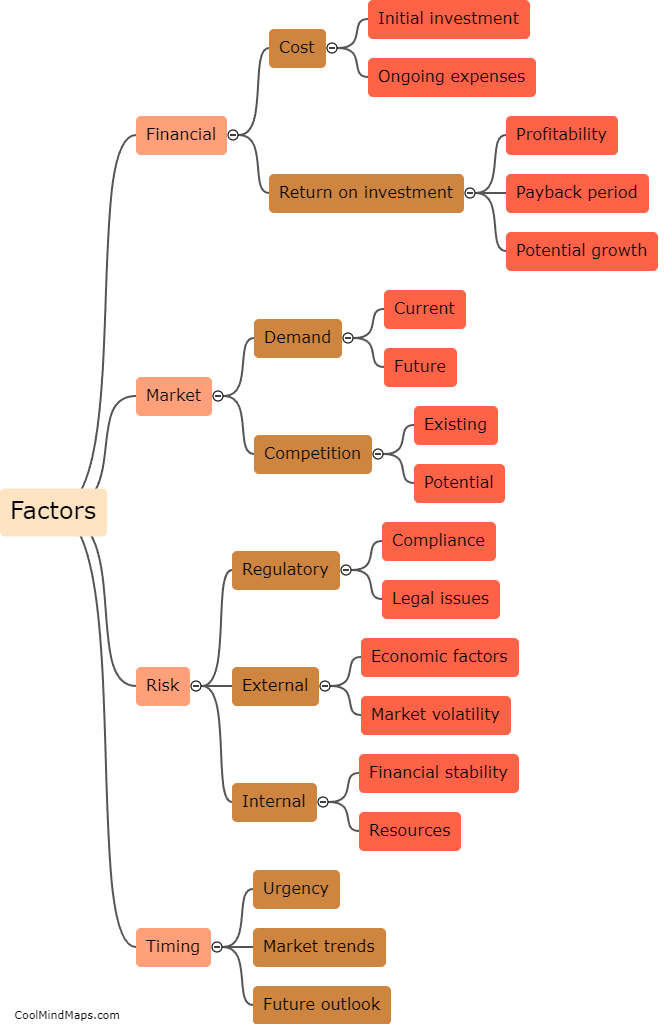How does an organization create a BCP?
Creating a business continuity plan (BCP) involves several essential steps for an organization to ensure its ability to function and recover from potential disruptions. Firstly, an organization must conduct a comprehensive risk assessment to identify potential threats and vulnerabilities. This assessment helps prioritize critical functions and processes that need to be protected. Next, a team should be formed with representatives from across the organization to develop the BCP. This team should define objectives and strategies, establish emergency response protocols, and identify necessary resources. Additionally, a communication plan should be devised to ensure effective internal and external communication during a crisis. Regular testing and training sessions should be conducted to validate and update the BCP, keeping it aligned with evolving risks and ensuring its effectiveness when implemented.

This mind map was published on 5 December 2023 and has been viewed 76 times.











